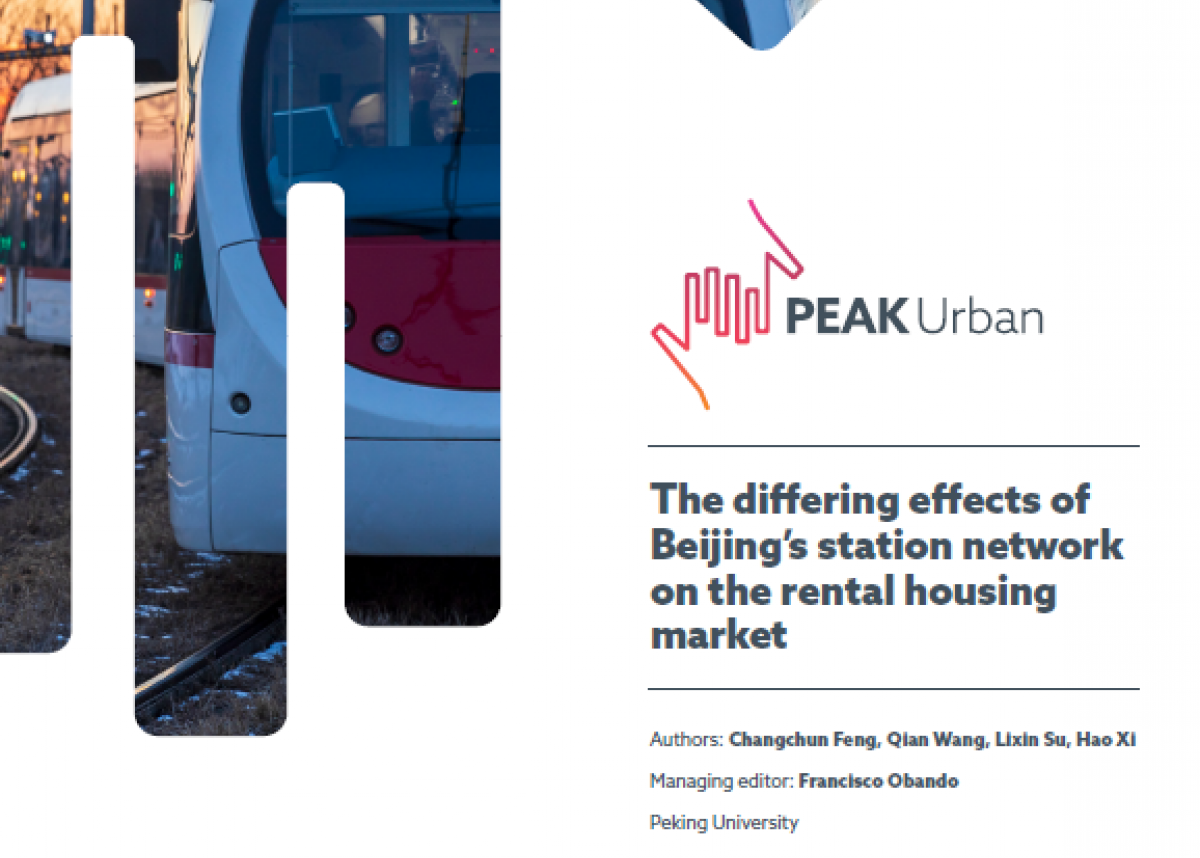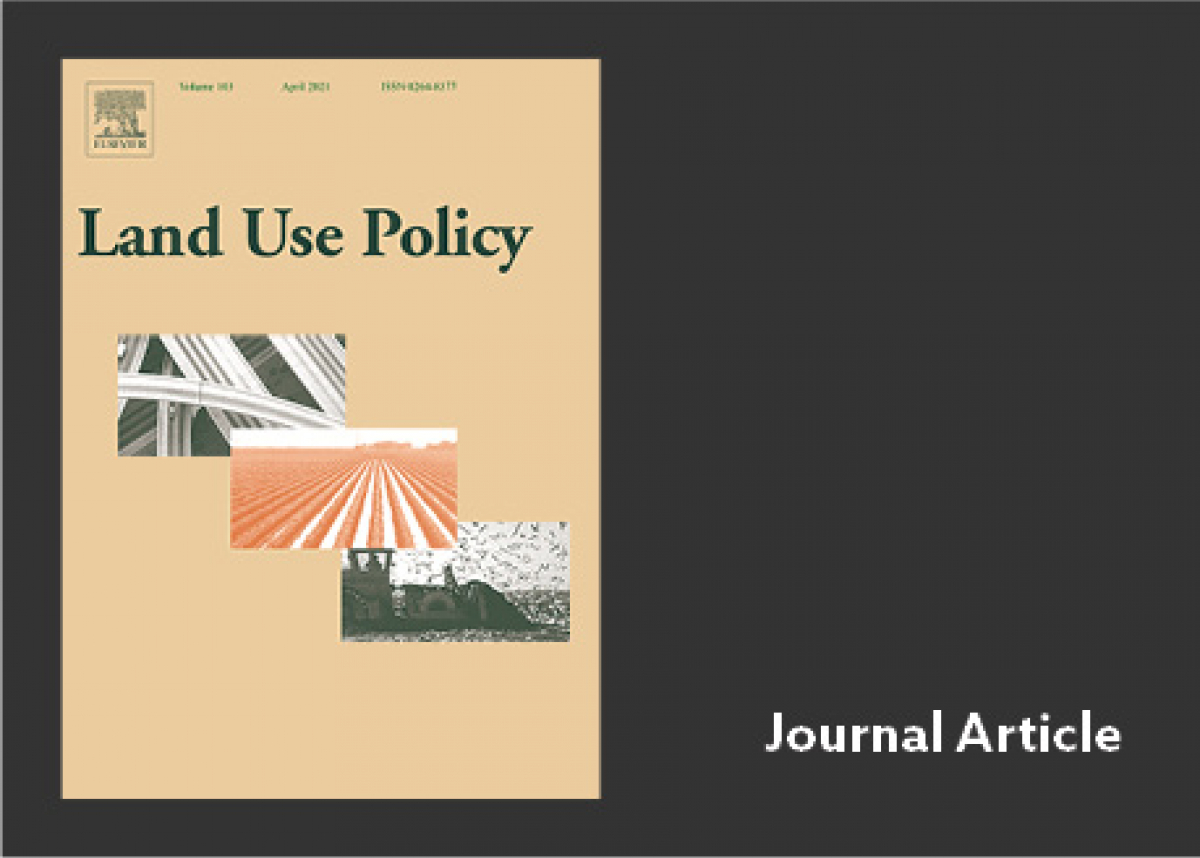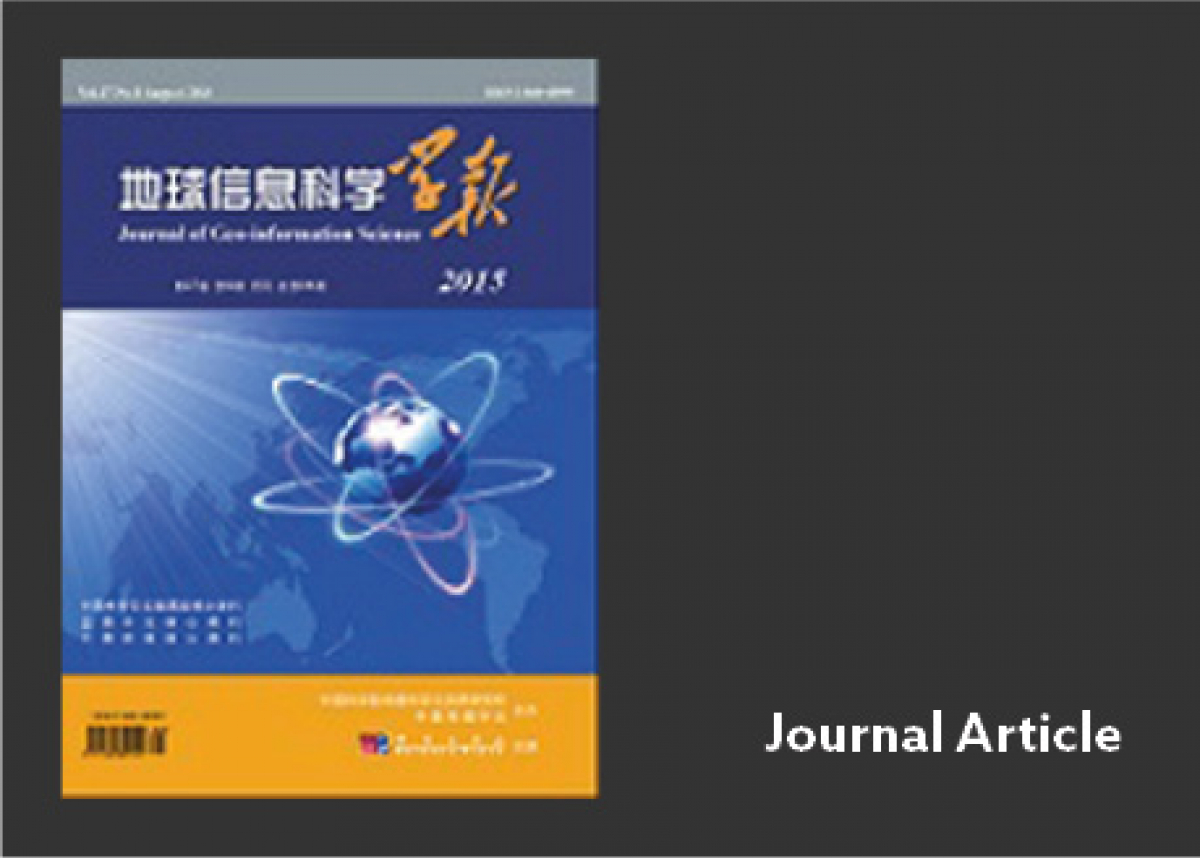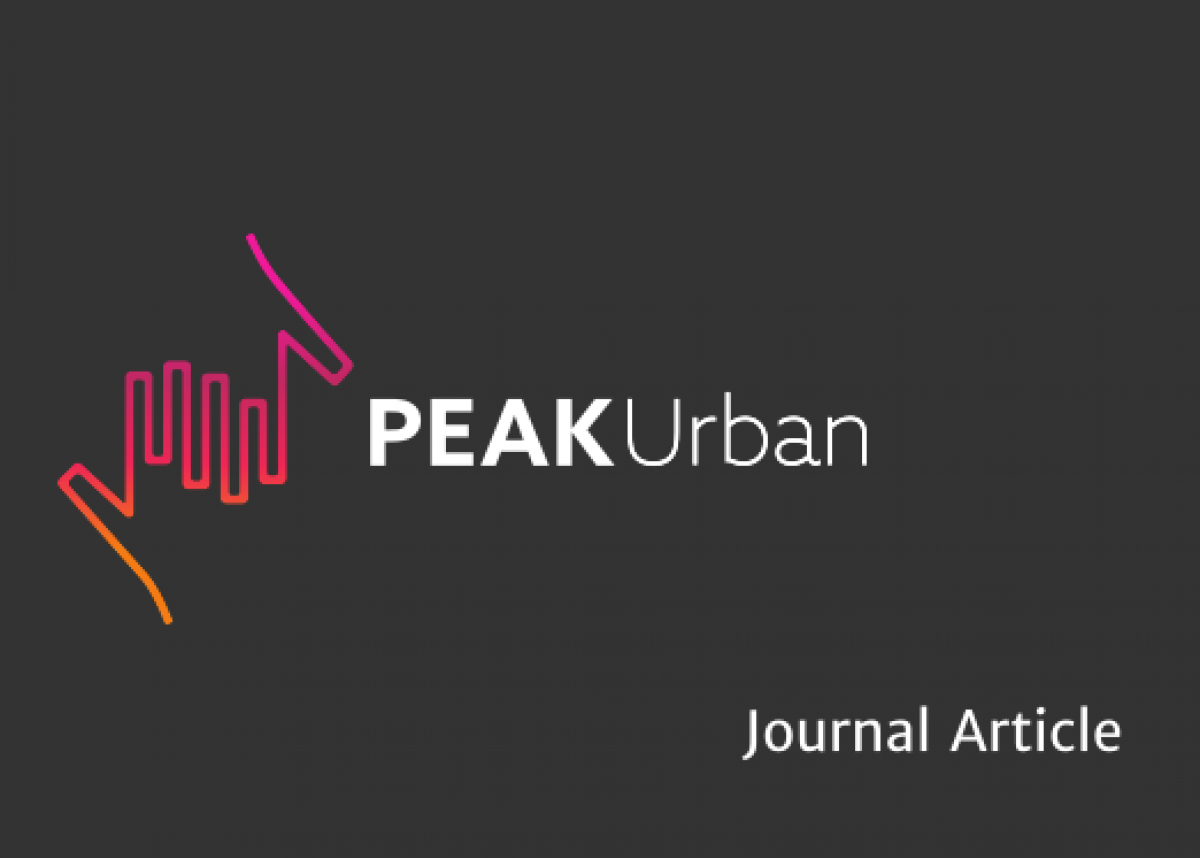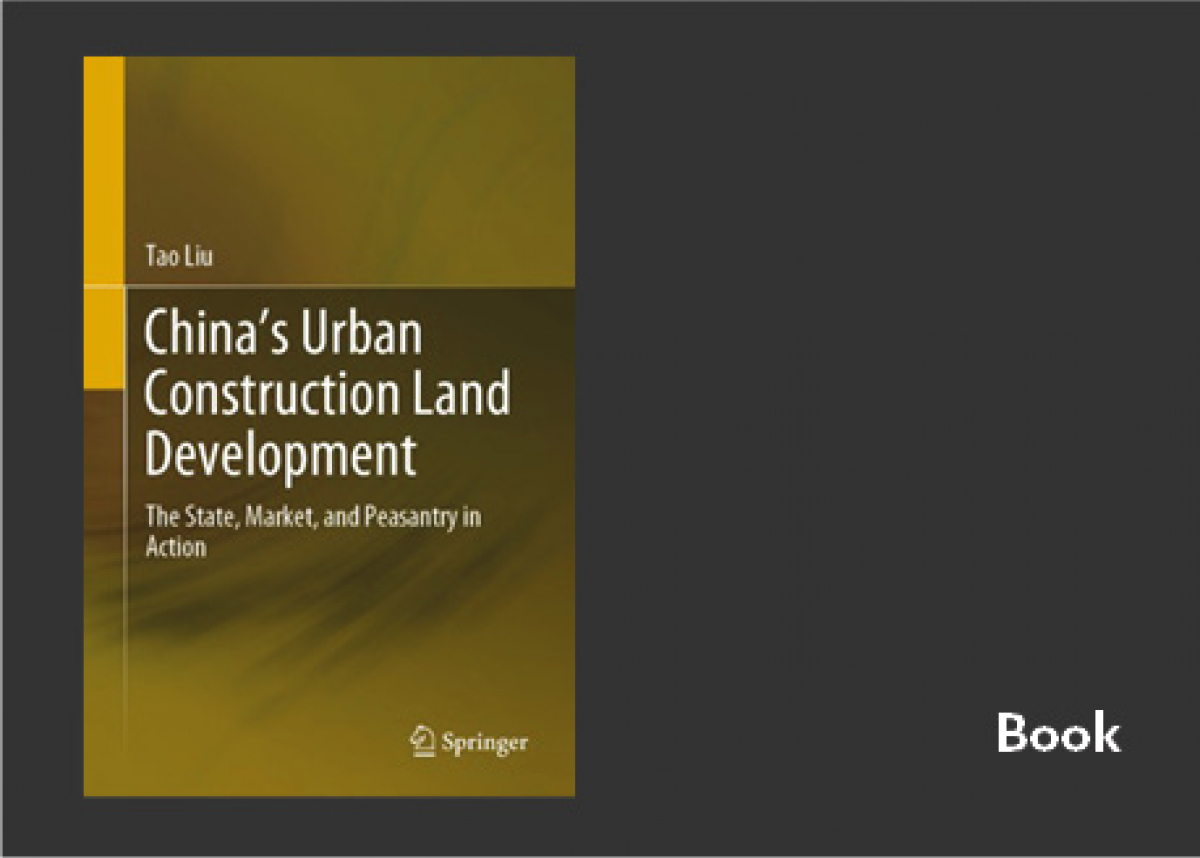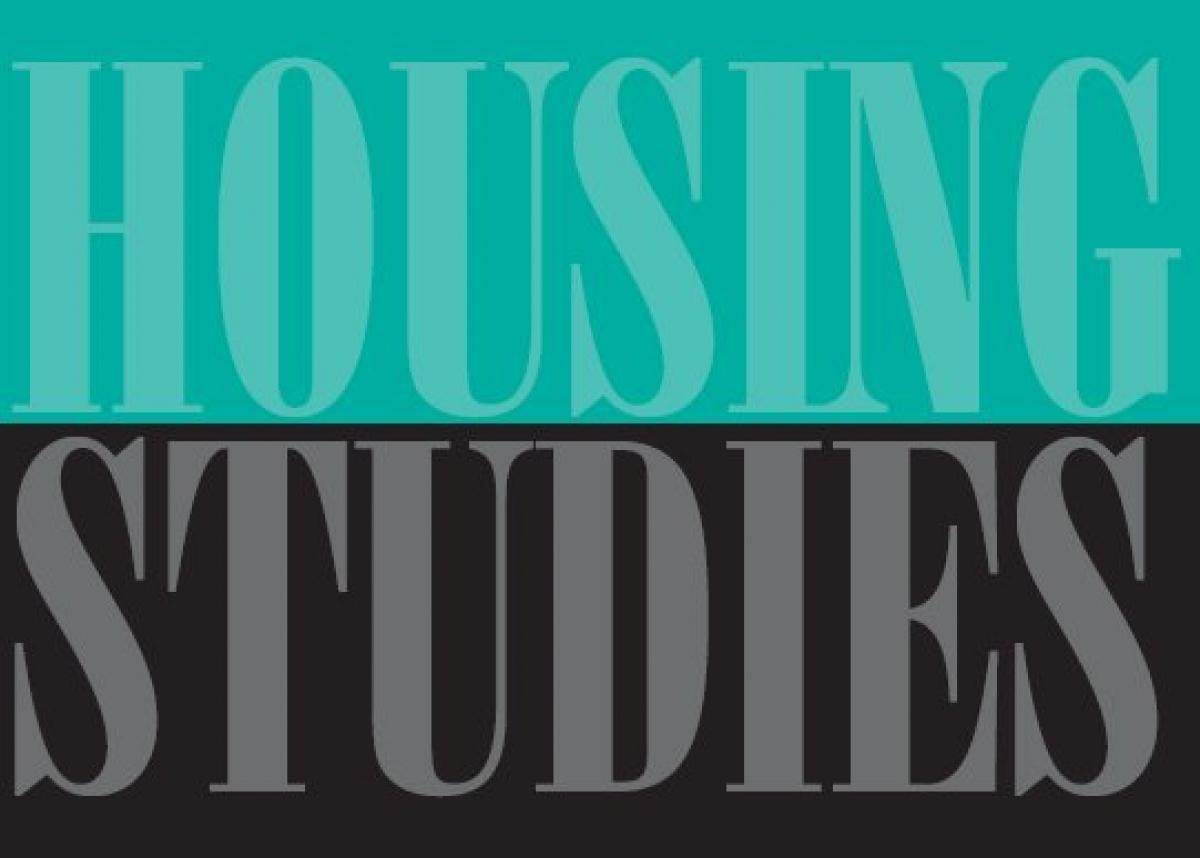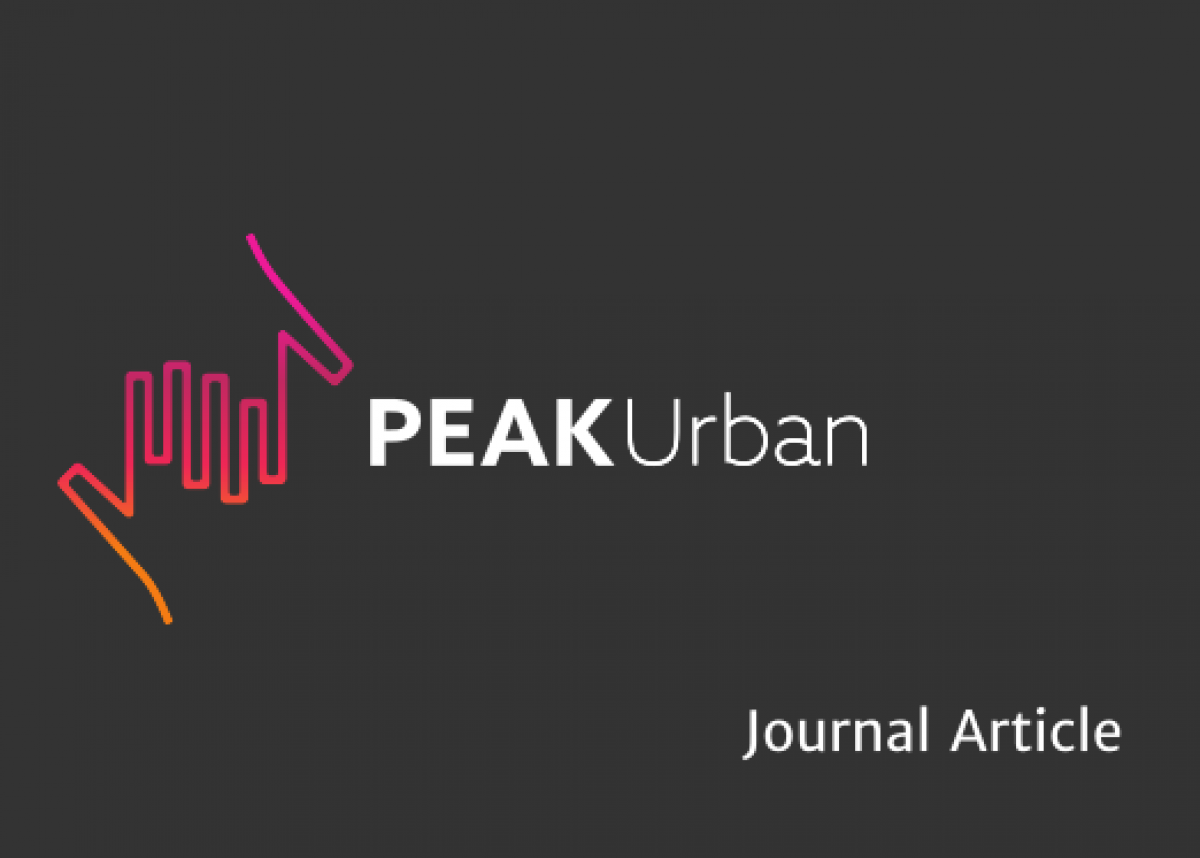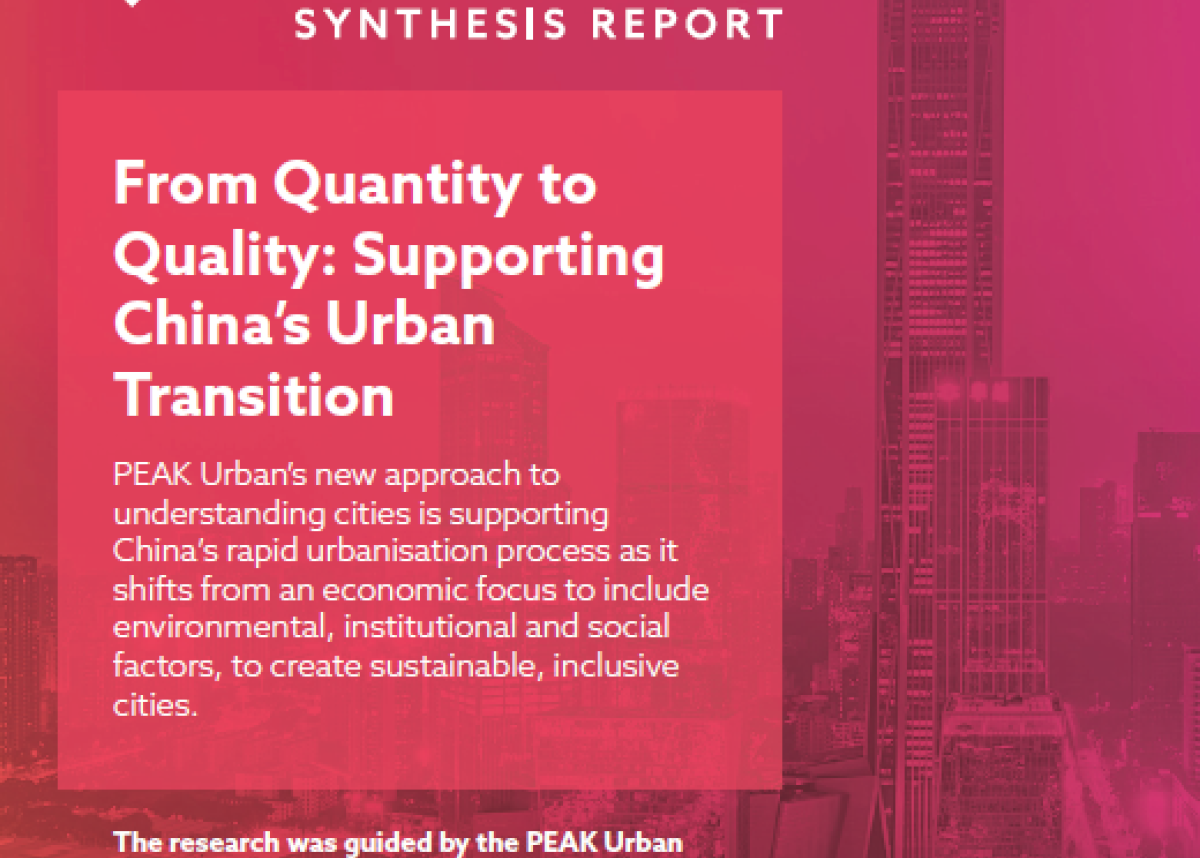
Spatial pattern of urban economic resilience in eastern coastal China and industrial explanation
Since the global financial crisis in 2008, regional economic resilience has been attracting increasing attention across the world. When facing economic shocks, some regions suffer less and manage to get through crisis in a short period, while some are mired in economic stagnation, which mainly depends on the economic resilience of the country.
Existing research usually classifies economic resilience into resistance and recovery resilience based on the analysis of a specific economic shock. It is simple and operable in empirical works which aim to unravel the economic resilience in a relatively short period, but it neglects the impacts of longstanding “slow burn” in the urban economy.
Thus, this paper divided urban economic resilience into long-term and short-term economic resilience, and further analyzed the features of spatiotemporal distributions of industrial structures (including economic complexity and industrial variety) and urban economic resilience, and explored the impacts of industrial structures on urban economic resilience in different economic development stages with eastern coastal China as a study case.
The conclusions are as follows;
(1) The economic complexity in the study area is higher in the south and lower in the north, and the Yangtze River Delta and Pearl River Delta are the most prominent areas. The distribution of industrial variety is more balanced, while the related variety of center cities is generally higher than that of surrounding cities. Distribution patterns of short-term economic resilience in different periods show great differences, and the long-term economic resilience of the Yangtze River Delta is higher than that in other areas.
(2) The elevation of economic complexity and related industrial variety could improve urban long-term economic resilience significantly, while the unrelated variety has no evident impacts, which verifies the importance of knowledge spillover and technology links in the promotion of urban long-term economic resilience.
(3) Factors influencing short-term economic resilience vary in different periods. Cities with enormous financial industries were vulnerable to economic shocks in 2008. Comparatively, cities predominated by heavy industries had the lowest economic resilience in the structural adjustment period after 2011.
(4) Factors influencing the resistance and recovery resilience on the same shock are different. A higher level of related variety could help cities resist the crisis in 2008, but have no distinct impacts on their recovery, while an elevated level of unrelated variety might harm the recovery from the crisis of 2008.
Thus, extending the industrial value chain, establishing local industrial clusters, and upgrading the industrial level are possible ways to raise urban economic resilience.
